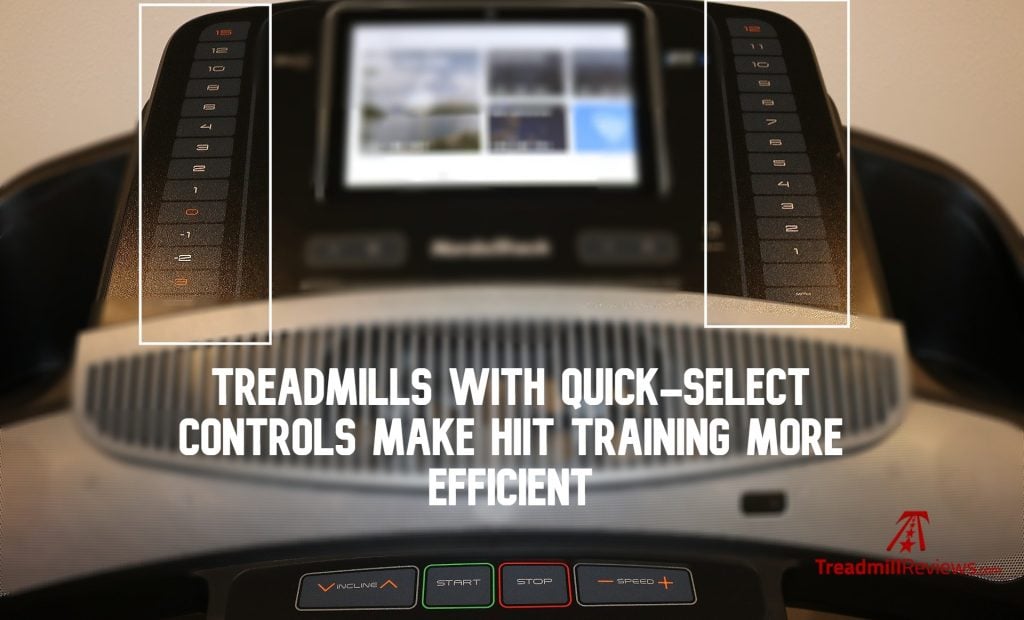
So many scientific studies have confirmed that HIIT burns fat faster than traditional endurance training. Specifically, sprint HIIT training has been proven to generate improved human skeletal muscle and exercise performance.
What’s Happening To Your Body During A HIIT Routine
The body uses two types of muscle fibers during physical activity: fast-twitch and slow-twitch muscle fibers. Fast-twitch muscle fibers provide your body with short but strong energy bursts used in activities like sprinting and lifting — short distance activities.
During traditional endurance training, your body is depending on slow-twitch muscle fibers that require less fuel so they can efficiently carry you longer distances over longer time periods.
HIIT involves a higher intensity of exercise for a briefer amount of time, activating your fast-twitch muscle fibers. Fast-twitch muscle fibers require more fuel (carbohydrates or fat) so you’re burning more calories while fast-twitch muscle fibers are activated during a HIIT workout than in traditional endurance training.
Not only are you burning more calories during a HIIT workout, but your efforts also carry over to your post-workout recovery. This “after-burn effect” leaves your body using more energy to recover, burning calories at a higher-than-normal rate (6-15% increase) for hours after your workout.
Try Out One Of These Simple HIIT Routines On Your Home Treadmill
A HIIT workout should be at least 10 minutes long. Give your body time to warm up to avoid injury and then reach the higher end of your heart rate’s
HARD
15 Min Total
Warm-up (5 Min)
- Walk 3.7 mph (2 min)
- High Knees (1 min)
- Butt kickers (1 min)
- Walk 4 mph (1 min)
Interval 1 (5 min)
- Sprint 8-10 mph (20 sec)
- Rest – standing on the foot rails (10 sec)
- Repeat 10x
Recovery
- Walk (5 min)
HARDER
25 Min Total
Warm-up (4 Min)
- Walk 3.7 mph (2 min)
- High Knees (1 min)
- Butt kickers (1 min)
Interval 1 (6 min)
- Run 7 mph (1 min)
- Walk 4.0 mph (1 min)
- Repeat 3x
Interval 2 (5 min)
- Sprint 8-10 mph (20 sec)
- Rest – standing on the foot rails (10 sec)
- Repeat 10x
Interval 3 (2 min)
- Walk 3.5 mph 8% incline (2 min)
- Run 6 mph 0% incline (1 min)
- Walk 3.5 mph 8% incline (2 min)
Recovery
- Walk (5 min)
HARDEST
35 Min Total
Warm-up (5 Min)
- Walk 3.7 mph (2 min)
- High Knees (1 min)
- Butt kickers (1 min)
- Walking 4.0 mph (1 min)
Interval 1 ( 6 min)
- Run 7 mph (1 min)
- Run 5.5 mph (30 sec)
- Repeat 4x
Interval 2 (9 min)
- Walk 3.5 mph 10% incline (1 min)
- Run 5.5 mph 0% incline (2 min)
- Repeat 3x
Interval 3 (10 minutes)
- Run 5 mph 5% incline (1.5 min)
- Walk 4 mph 0% incline (1 min)
- Repeat 4x
Recovery
- Walk (5 min)
Interval Training Treadmills Make HIIT Easier
If you’re interested in HIIT treadmill training, one major piece of equipment makes HIIT a lot easier – interval training treadmills or HIIT treadmills. These treadmills perform like most home treadmills you’ve seen before but have a console designed with quick select buttons. These keys allow you to jump from one speed or incline setting to another without the fuss of toggling with the up and down arrows.

How To Make HIIT Training More Effective: Measure Your Intensity
The above workouts are examples of HIIT routines you can perform on a treadmill. You may need to adjust the incline or speed during each interval to make sure you’re reaching an adequate heart rate zone.
Each interval has two phases: intense effort and active rest. During the intense effort phase of your workout, your heart rate should be above 75% of your max heart rate. During the active rest phase, your heart rate should stay between 50-70% of your max heart rate.
Determine Your Max Heart Rate
One way to determine your max heart rate is this equation below:
220 – (your age) = Max HR
Determine Your Resting Heart Rate
Count your heart beats for one minute while at rest.
Calculate Personal Heart Rate Zones
(Max HR) – (Resting HR) = HRR or Heart Rate Reserve
(HRR x 75%) + (Resting HR) = minimum HR for intense effort
(HRR x 50%) + (Resting HR) = minimum HR for active rest
Measure Your HR During Your Workout
Now that you know your personal heart rate zones, you can monitor your intensity during a HIIT treadmill workout to make sure you’re getting all the benefits of a HIIT workout. To do this, wear some kind of HR monitor during your entire workout. Chest straps are the most effective/accurate way to monitor your HR at home. Wrist options are also available.
Many treadmill manufacturers sell chest strap HR monitors with their home treadmills or provide them with your purchase. It’s just one more feature of today’s treadmills that we really love.
To learn more about treadmill exercise, check out these articles:
Our Top 5 Treadmills For Reaching Your New Year Weight Loss Goals
Living Healthy: The Benefits of Daily Treadmill Exercise
All About Using iFit With Your Treadmill
5 Free Printables For Setting and Accomplishing Your Treadmill Running Goals This Year
Marathon Training On A Treadmill







Leave a Reply